
23 June 2025
The Kansas City Royals, Boulevard Brewing Co. Send ‘The Best Baseball and Beer on Earth’ Into Space
See More about “The Kansas City Royals, Boulevard Brewing Co. Send ‘The Best Baseball and Beer on Earth’ Into Space”

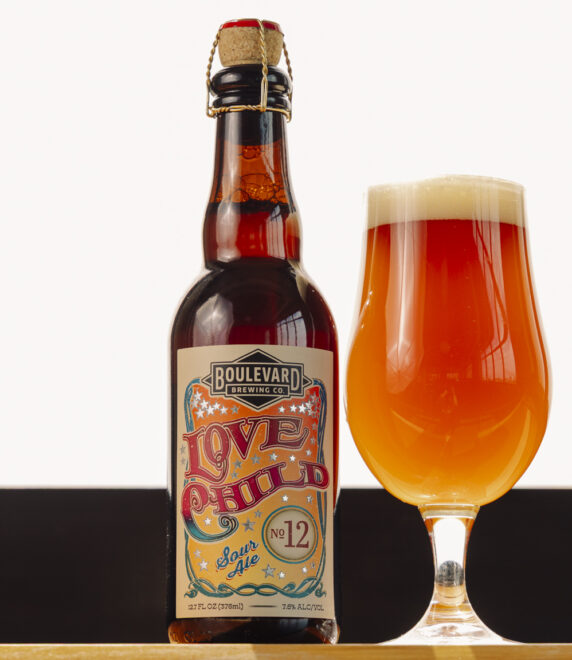
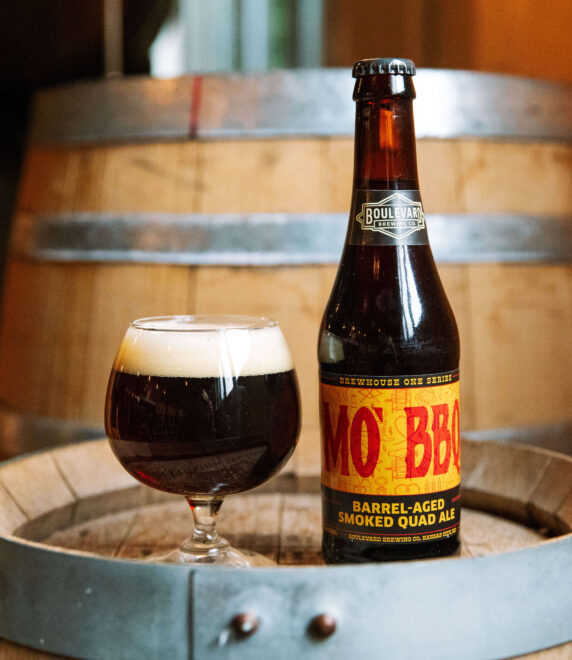
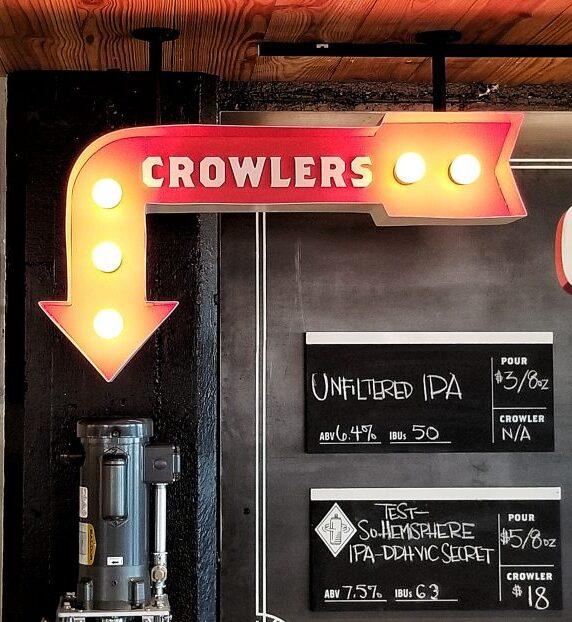
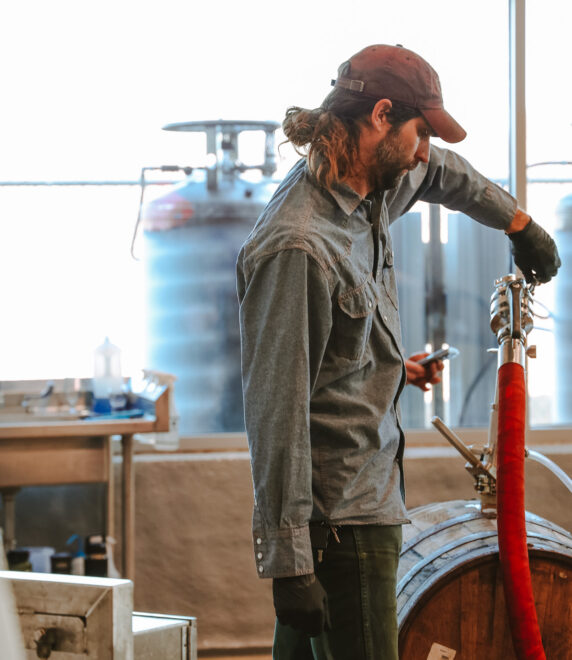
Listen & Learn
From our latest updates to in-depth beer blogs, you’ll find all our latest updates here!



Listen & Learn
Straight from the BLVD Marketing Kitchen and beyond we love cooking with beer either as an ingredient or just pairing it with the right meal.
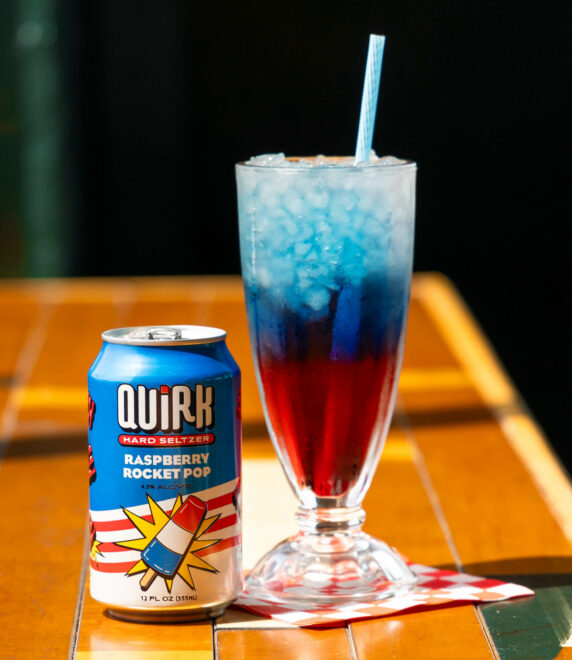
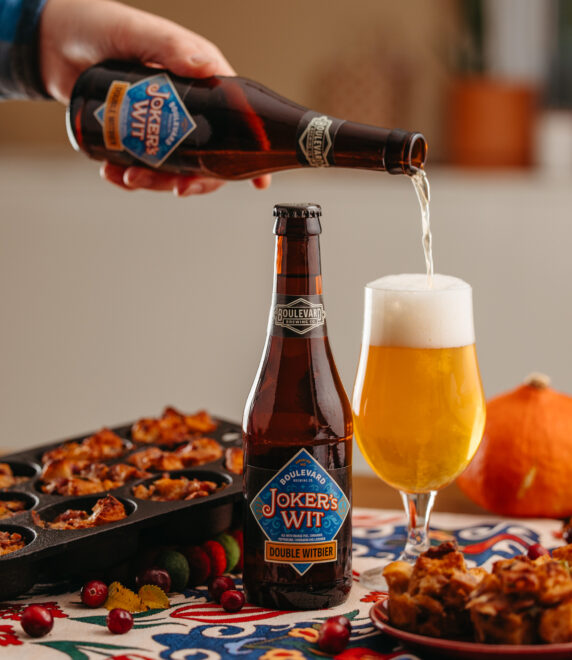
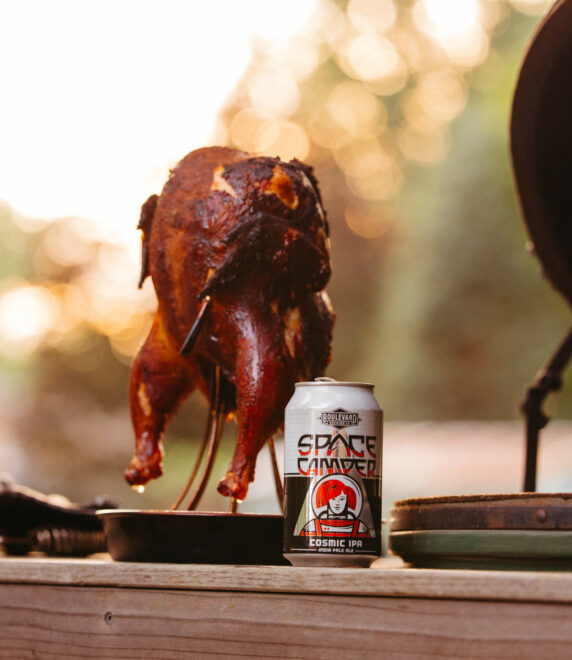
Listen & Learn
Join Brand Manager Adam Hall on our podcast as he interviews special guests and Boulevardians about releases, special events, and more!
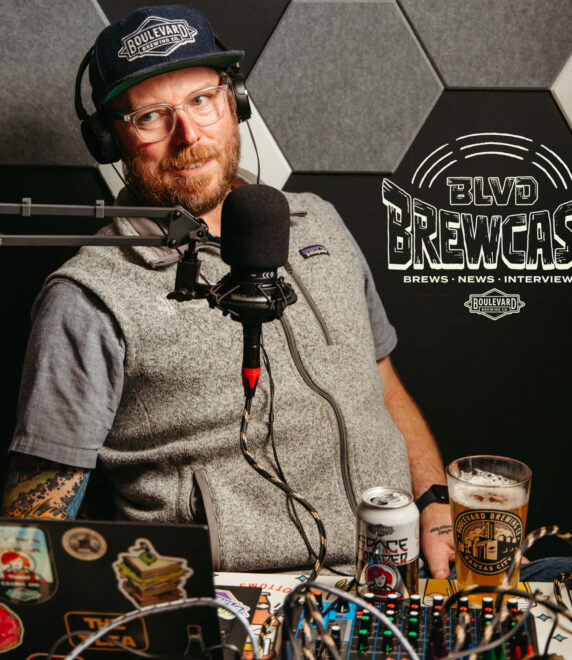

NEWSLETTER